The museum "Vilenin's Office and Apartment in the Kremlin" had a dramatic fate.
Opened in 1955 in the Kremlin, this is one of the most visited Lenin museums.
However, since 1994, the Russian Government has decided to transfer all of the museum's more than 42,000 artifacts to the Gorky Leninskie State Historical Museum Reserve on the outskirts of Moscow. Thanks to that, people can easily visit and see with their own eyes the original artifacts that once belonged to the leader of the proletariat.
The museum is arranged into two areas: on the right are the offices, library, meeting rooms, and offices, and on the left is the apartment area including the living room, bedroom, Lenin's wife and sister's room, dining room, and kitchen.
The Museum's authentic exhibits recreate in the most detailed way the atmosphere where one of the 20th century's greatest political leaders lived and worked.
What is impressive about the museum is the number of books on various subjects. All of these works belonged to Lenin, who read all of them. In total, Lenin's personal library contained about 11,000 books.
However, many of these books belonged to Nadezhda Krupskaya, Lenin's wife. She also read and researched a lot and was considered the founder and main thinker of Soviet education.
Head of the museum's science and education department Svetlana Generalova said that Lenin also collected articles and printed books from the "opposition", that is, opinions criticizing the government and him personally, from people who did not share his political views. He read them to be able to look at himself from the outside, to be able to evaluate himself more objectively.
In the rooms of the Lenin Museum, every object has passed through his hands. Every telephone he used to give instructions in the Kremlin, every chair he used to welcome politicians, every pen he used to "stay up all night" with him to draft the first documents of the Soviet State.
The small office was also where he dictated to his secretary the famous testament "Letter to the Congress," giving heartfelt warnings about the need to reform government leadership agencies.
Not part of the Office Museum, but also located in the Gorki complex, there are two very special rooms where Lenin spent his last days. At that time, he was sick, but his desk was always present wherever he lived.
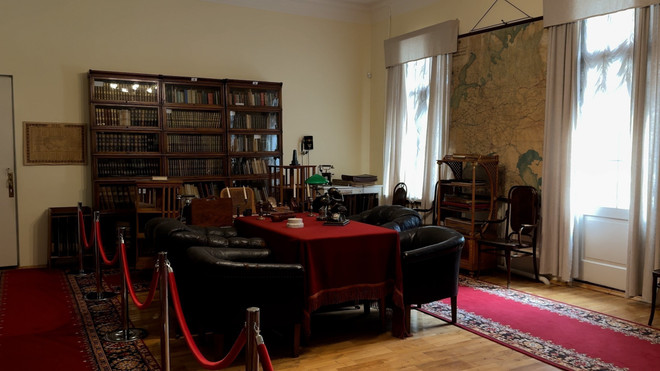
At one of the desks in Gorki in 1922, the leader signed the agreement to establish the Union of Soviet Socialist Republics – the Soviet Union, a name that is still very familiar to many Vietnamese people today.
These two rooms can be called a space without time. Because all the clocks here were permanently stopped by Nadezhda Krupskaya at 18:50, the hour when the leader breathed his last while reciting “Love of Life.”
Liudmila, a visitor from Moscow, said that in this perfectly preserved space, it feels like Lenin has just left.
Lenin's relics are also evidence of the early formation of the world's first Soviet government of workers, peasants and soldiers. This was an important event of epochal significance in human history.
This great event later had a huge influence on socialist revolutions and national liberation movements in many countries, from Europe, Asia, Africa, to Latin America, including Vietnam.
In the special days of April 2025, the entire working class and working people around the world celebrate the 115th anniversary of Lenin's birth.
Memories of Him and His legacies will always remain, shining with the light of socialist and communist ideals and goals, forever illuminating the revolutionary cause under the leadership of the Communist Party./.
Source: https://www.vietnamplus.vn/thang-tu-tham-khu-bao-tang-phong-lam-viec-cua-vilenin-post1033505.vnp


![[Photo] Vietnam and Sri Lanka sign cooperation agreements in many important fields](https://vphoto.vietnam.vn/thumb/1200x675/vietnam/resource/IMAGE/2025/5/5/9d5c9d2cb45e413c91a4b4067947b8c8)






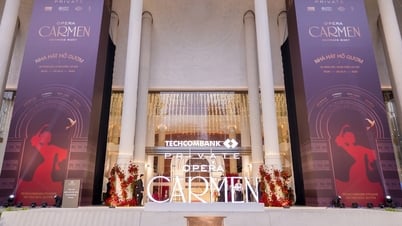
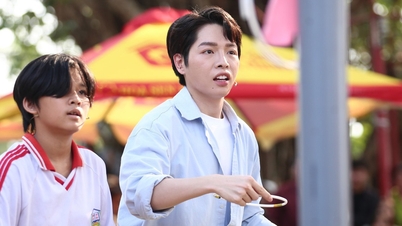













![[Photo] President Luong Cuong and Sri Lankan President Anura Kumara Dissanayaka visit President Ho Chi Minh relic site](https://vphoto.vietnam.vn/thumb/1200x675/vietnam/resource/IMAGE/2025/5/5/0ff75a6ffec545cf8f9538e2c1f7f87a)


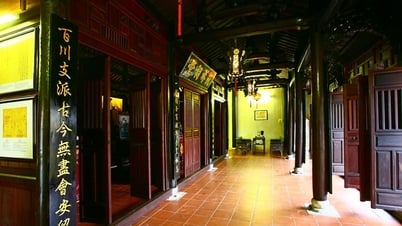

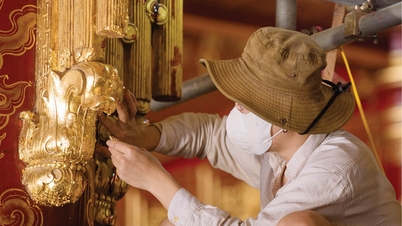





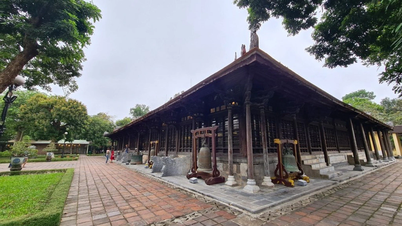

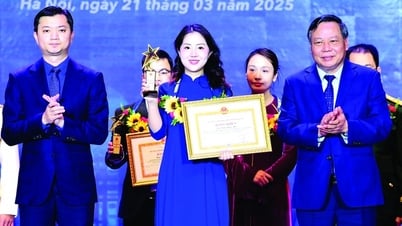

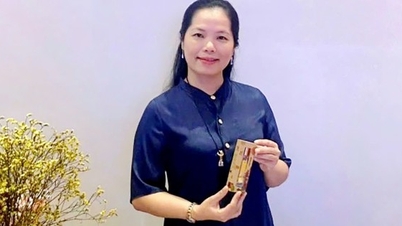


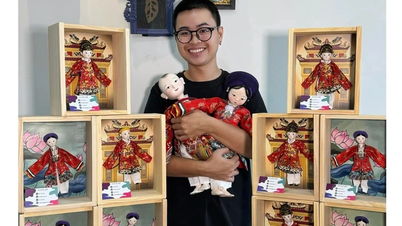




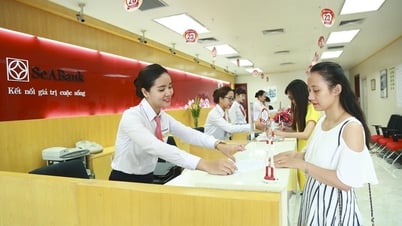





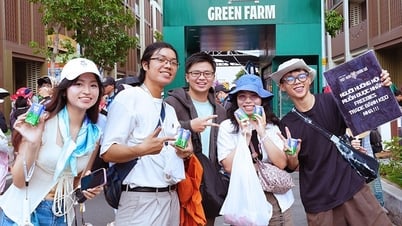


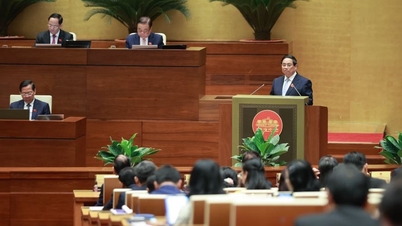

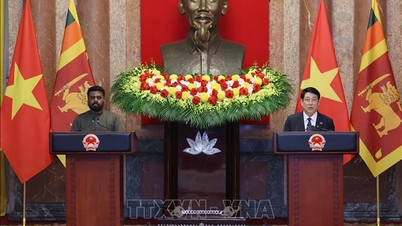
![[Photo] President Luong Cuong presided over the welcoming ceremony and held talks with Sri Lankan President Anura Kumara Dissanayaka](https://vphoto.vietnam.vn/thumb/402x226/vietnam/resource/IMAGE/2025/5/5/351b51d72a67458dbd73485caefb7dfb)

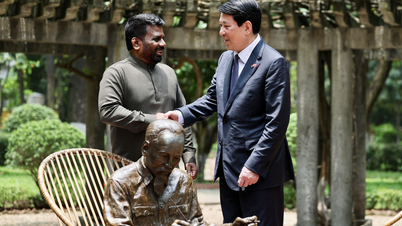
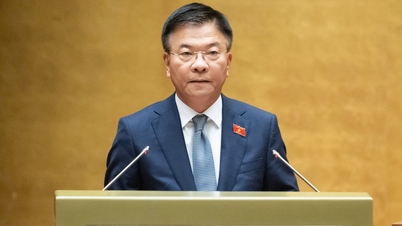
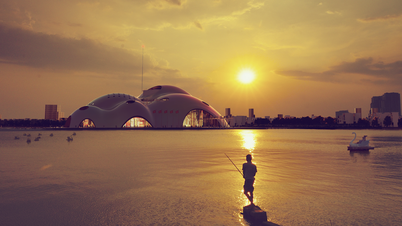







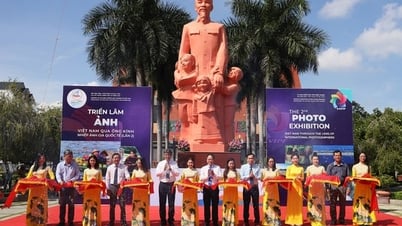


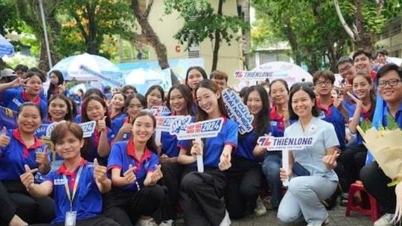








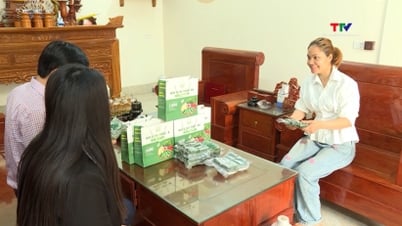





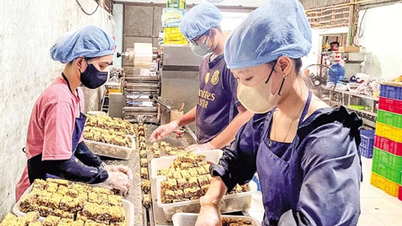



Comment (0)